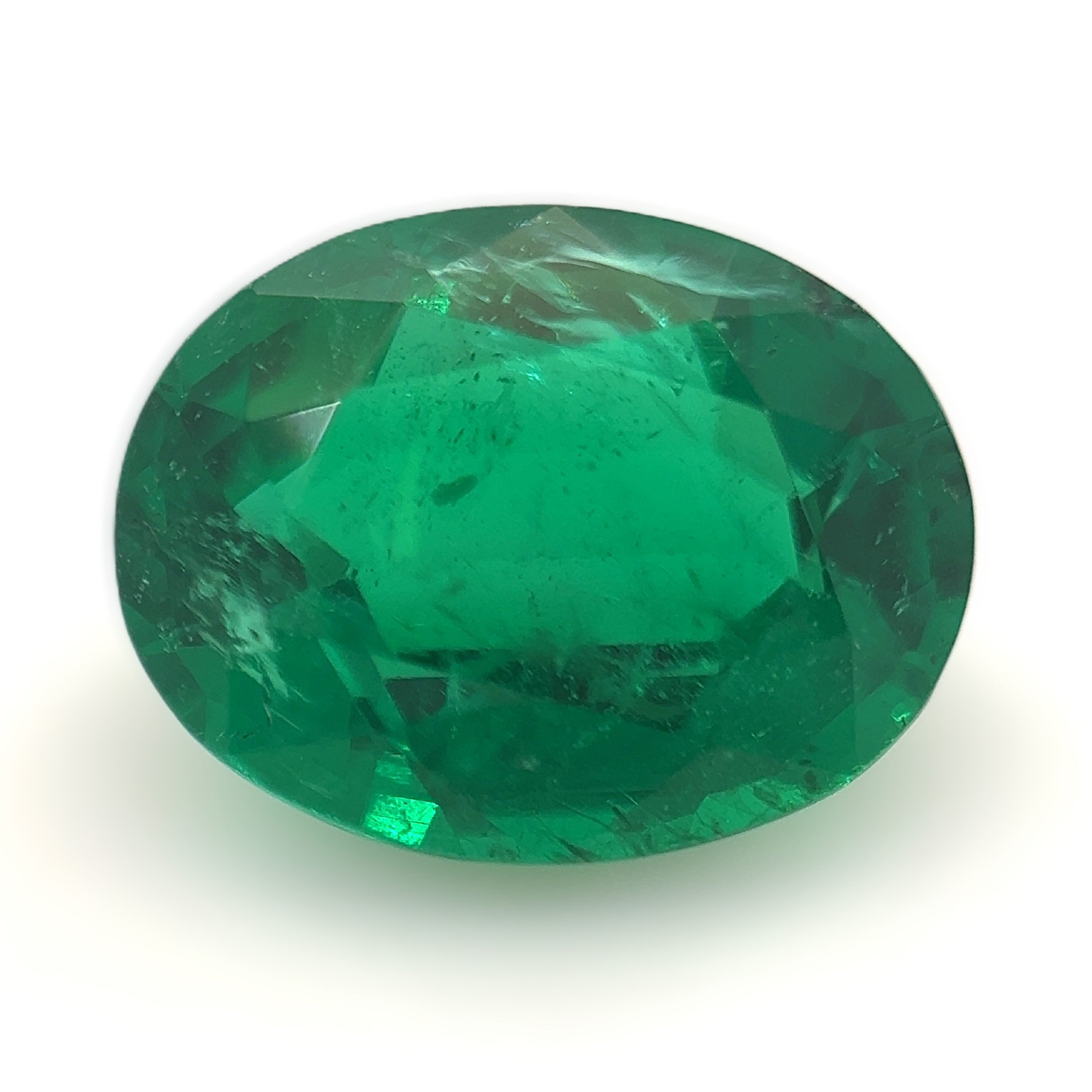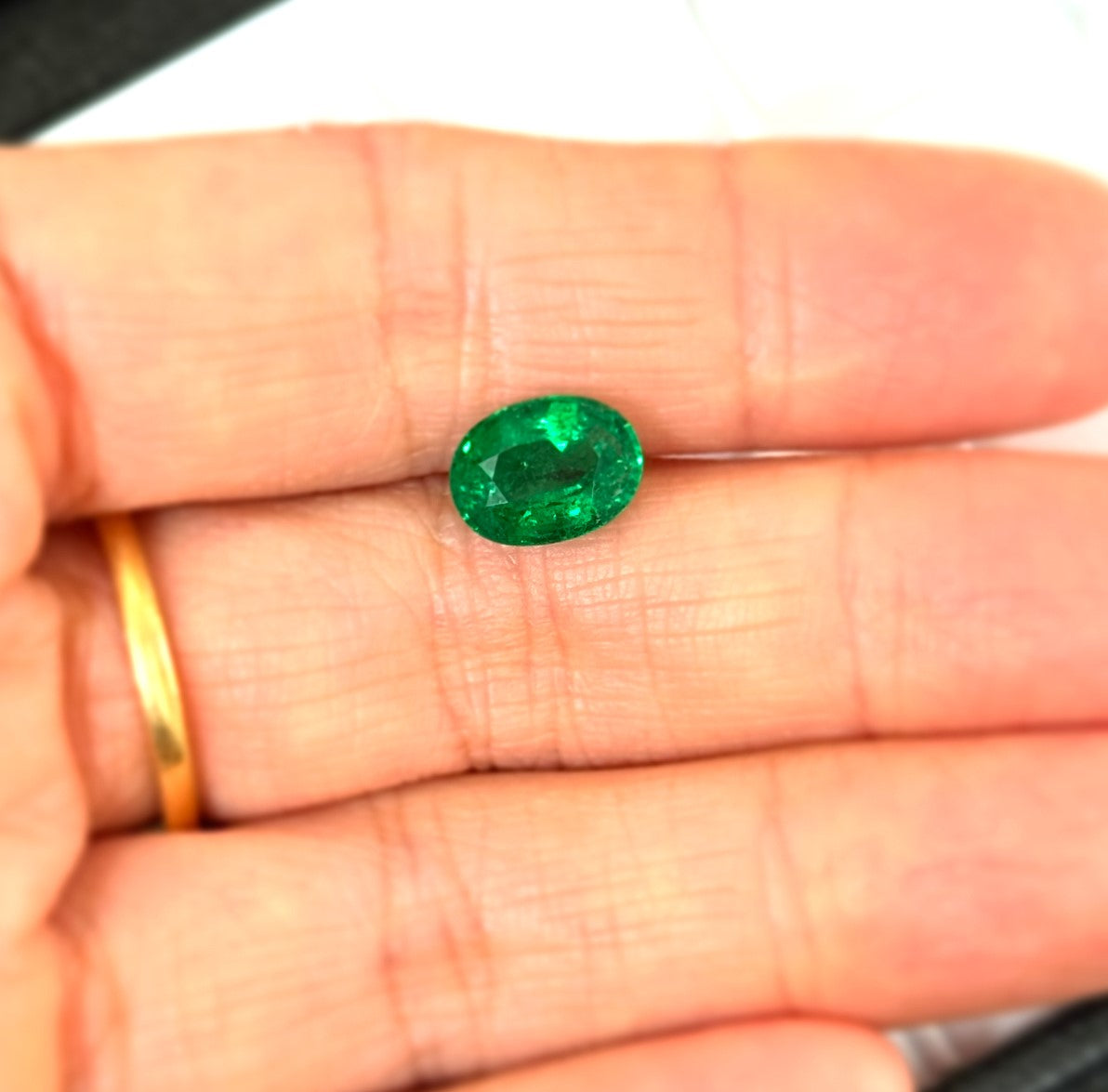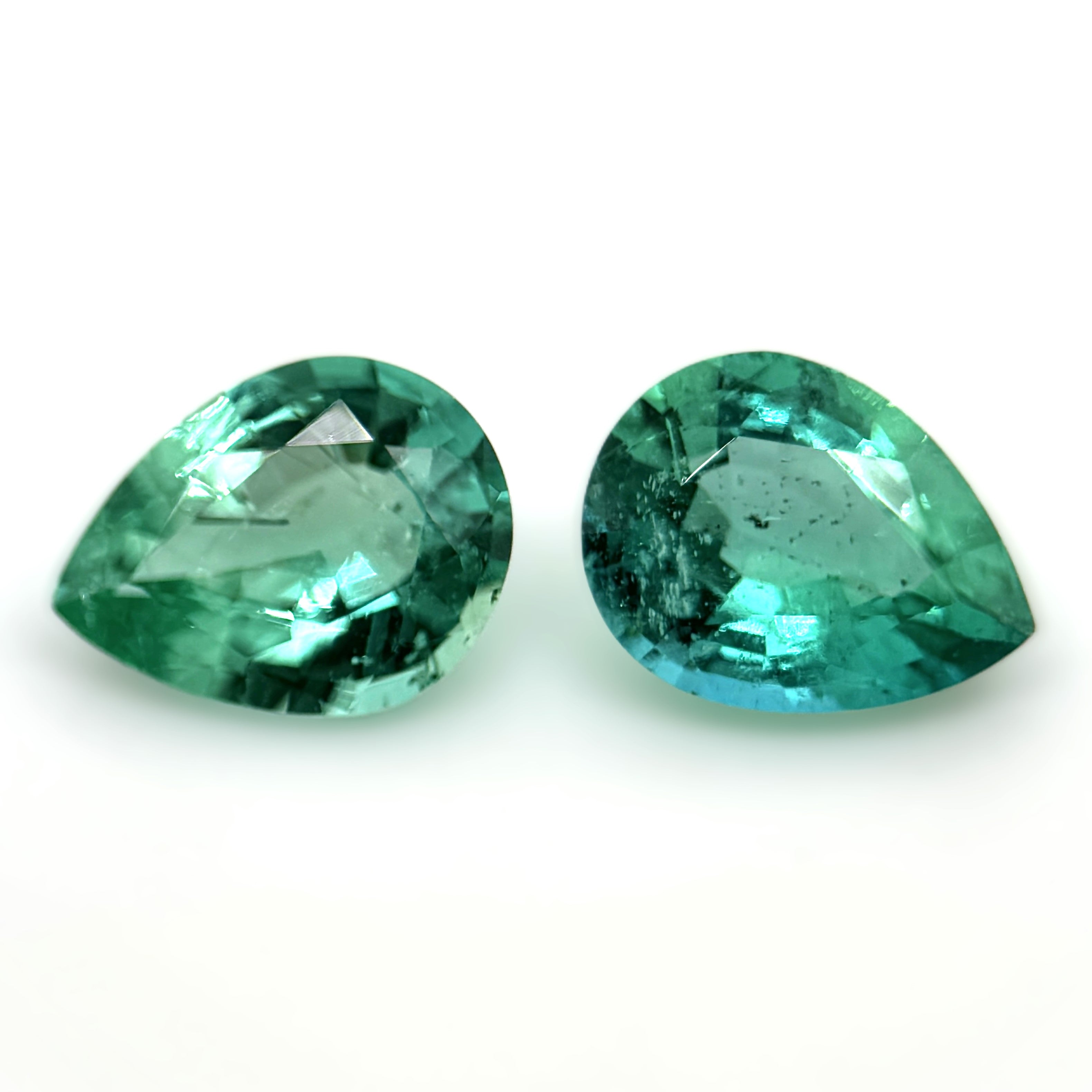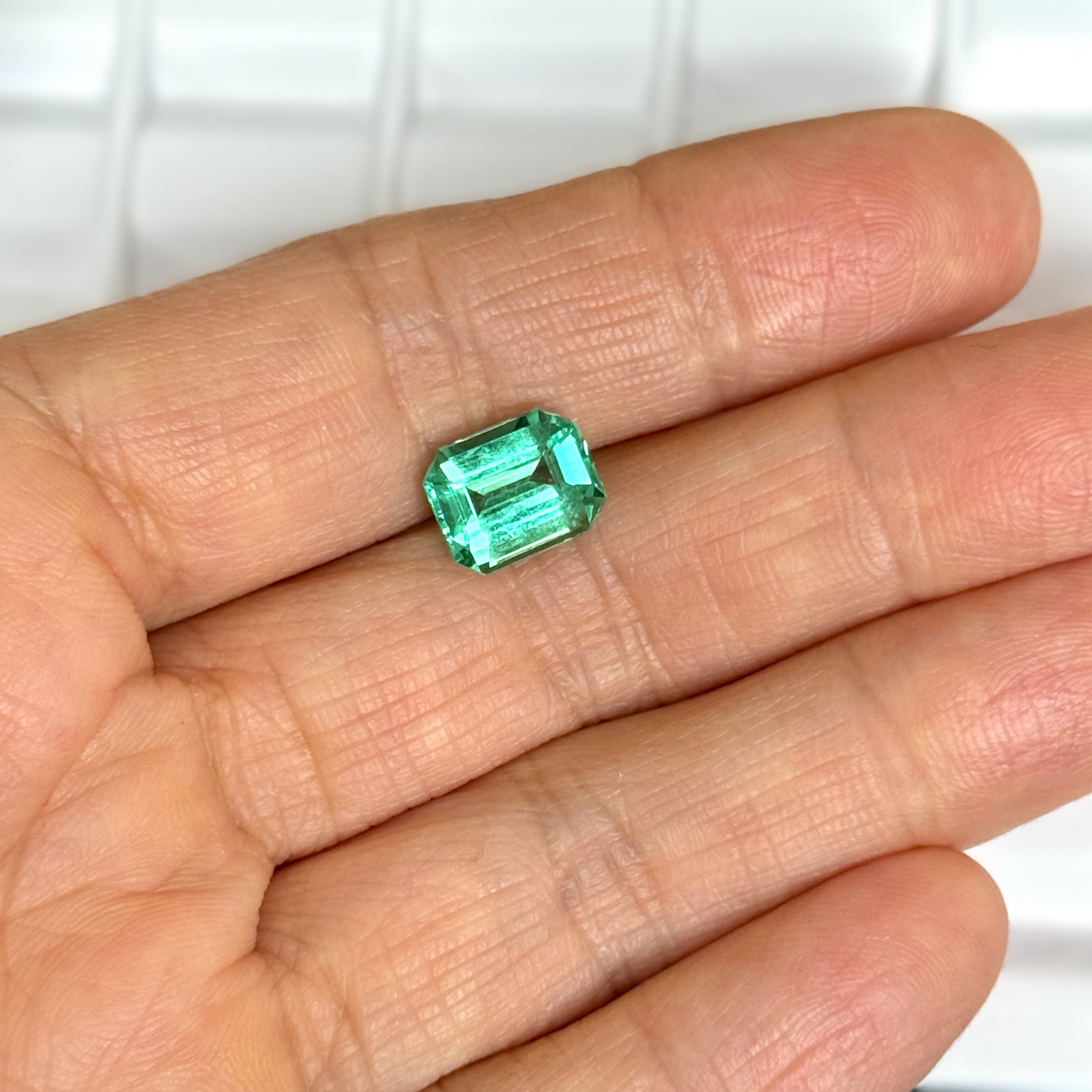Filters
What is an Emerald Gemstone?
Ever wondered why emerald gemstones are so cherished? This green beauty is not only one of the recognized precious gemstones, but it's also a symbol of elegance and sophistication.
Here will dive into what exactly makes an emerald unique - from its captivating color to intriguing origins. Ready for some gemstone education? Let's get started!
Key Takeaways
- Emerald gemstones are precious and highly valued due to their vibrant green color, which is derived from elements like chromium and vanadium.
- The clarity of emeralds can vary based on the presence or absence of internal flaws called inclusions and external blemishes.
- Treatments such as oiling or filling fractures with colorless substances are common in the industry to enhance the appearance and durability of emeralds.
- Emeralds are found in different parts of the world where geological activities occurred millions of years ago. Mining them requires specialized techniques, as they can be fragile.
Where do you Buy Emeralds Wholesale? At Caldera Gem of course!
Properties of Emerald Gemstone
The emerald gemstone is known for its vibrant green color and can vary in clarity.
Color
Emeralds get their vibrant color from chromium, vanadium, and iron. These elements are found in the beryl mineral that makes up emeralds. The shades of green can change from light green to dark green.
The richness of the color can decide how much an emerald is worth. Often, a deep and bright green emerald will cost more than a light colored one. So, not all greens are equal when it comes to this precious gemstone!
Clarity
Emerald gemstones are known for their vibrant green color, but they can also have varying levels of clarity. Clarity refers to the presence or absence of internal flaws called inclusions and external blemishes on the surface of the stone.
Inclusions are natural imperfections that occur during the formation of emeralds and can affect their appearance and value. Some common inclusions found in emeralds include tiny fractures, liquid-filled cavities, and mineral crystals.
These inclusions create a unique pattern known as "jardin," which is French for garden. While some people prefer emeralds with minimal inclusions, others appreciate these natural markings as part of the stone's character.
The clarity of an emerald is determined by how visible these inclusions are to the naked eye or under magnification by a gemologist. Ultimately, it comes down to personal preference when choosing an emerald based on its clarity.
Treatments
Emerald gemstones may undergo treatments to enhance their appearance and durability. One common treatment is oiling or filling. This involves filling the surface-reaching fractures with a colorless oil or resin to improve the clarity and minimize the visibility of inclusions, making the emerald look more transparent.
Another treatment is heat treatment, which can enhance the color by removing yellowish tones and intensifying the green hue. However, it's important to note that these treatments are widely accepted in the industry as long as they are disclosed to potential buyers.
Gemologists can determine if an emerald has undergone any treatments through specialized testing methods.
Origins and Mining of Emeralds
Emeralds are found in various parts of the world, including Colombia, Zambia, Brazil, and Afghanistan. These gemstones occur in regions where there were geological activities millions of years ago.
The formation process involves a combination of high heat and pressure deep within the Earth's crust. Over time, these natural forces contribute to the creation of emeralds.
Mining emeralds is no easy task as it requires specialized techniques and equipment. In some places, traditional methods such as hand digging are still used to extract these precious gems from underground mines.
Miners need to be careful while extracting emeralds because they can be quite fragile.
Once extracted, rough emerald specimens are sent to expert gemologists who assess their quality and value based on factors like color, clarity, and size. Cutting an emerald is a delicate process that requires skillful craftsmanship to bring out its natural beauty.
It's important to note that not all mined emeralds meet the standards for use in jewelry due to imperfections called inclusions or jardin which can affect their overall appearance.
However, with modern advancements in technology and treatment techniques like oiling or filling fractures with special substances can enhance the clarity of certain low-grade emeralds.
Overall, mining for emeralds is a complex process that involves both natural geological events and human intervention before these stunning green gemstones find their way into our jewelry collections.
Conclusion
In conclusion, an emerald gemstone is a precious green gem that holds special symbolism and meaning. It is formed from the mineral beryl and gets its vibrant color from elements like chromium and vanadium.
With its beauty and rarity, emeralds have been treasured throughout history as symbols of love, luck, and abundance. So if you're looking for a stunning birthstone or a meaningful gift, consider the captivating allure of an emerald gemstone.
FAQs
1. What is an Emerald Gemstone?
An Emerald Gemstone is a green gem, much like the aquamarine, known for its beauty and symbolism in jewelry.
2. Does an Emerald have any legends or meanings tied to it?
Yes, emeralds carry a lot of legends and meanings. They stand for hope, renewal and growth.
3. Is the Emerald a birthstone?
Yes, if you were born in May, your birthstone is the emerald!
4. What are some properties of the emerald gemstone?
Emeralds are famous for their rich green color and they are very hard gems that can last a long time with care.































































